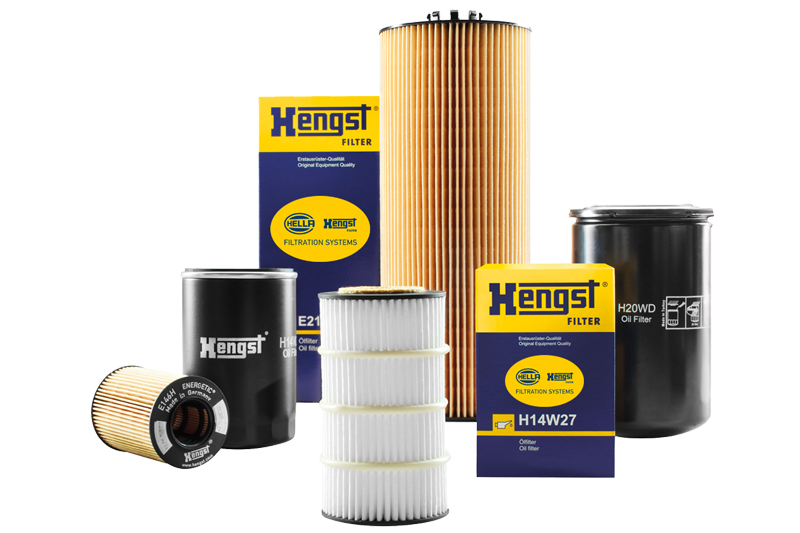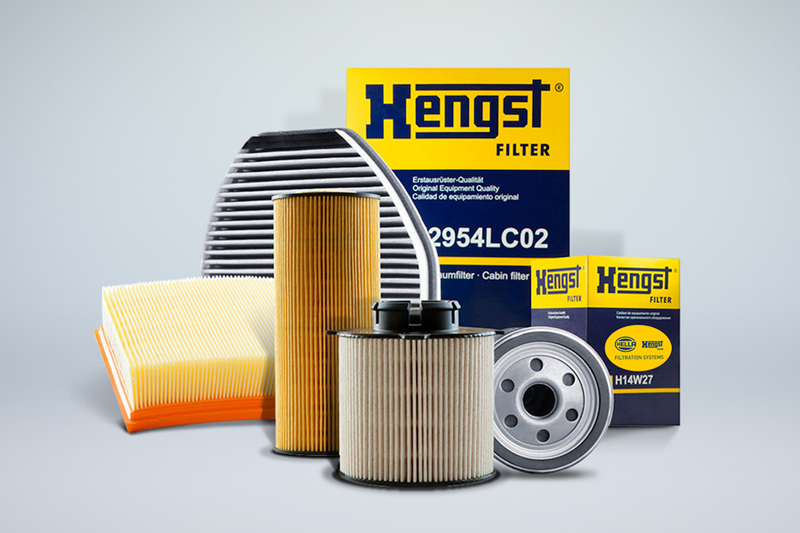
With underperfoming cabin filters putting road users at risk, Hella Hengst explains why its cabin filters can provide drivers with a healthy solution to the dangers of contamination within their vehicles.
Although Hella supplies workshops with the replacement solution across a number product groups, the company claims that its Hella Hengst filter programme provides customers with an original equipment (OE) option that sets it apart from its competitors. Within the range, which naturally encompasses all filter types, is a cabin filter range that is claimed to be in a class of its own and features market leading location information and fitting instructions.
Hella Hengst is an OE supplier to many of the world’s vehicle manufacturers. The company’s cabin filters are recognised for displaying a combination of design innovation and special features. As a result, it claims that its products provide workshops with a comprehensive replacement cabin filter solution, available in both active carbon and anti-bacterial configurations.
Informing customers
As incomprehensible as it sounds, 540,000 litres of air can enter the cockpit of a vehicle for every hour it is driven and, according to multiple studies, this air typically contains up to five times more contamination from exhaust gases, pollutants and allergens, than the air at the roadside.
Bearing in mind the harmful effects this contamination has on the occupants of the vehicle, which include the driver’s ability to concentrate, there is a direct safety correlation to the quality of the air within the vehicle. Therefore, not only will workshops be able to provide their customers with a positive healthcare message in terms of the importance of regular cabin filter replacement, but they will be given an opportunity to generate profit.

Catering for demand
In addition to protecting the vehicle’s air conditioning system and filtering out fine dust and pollen, which is common to all new cabin filters, the company claims that its active carbon cabin filters not only collect even smaller dust particles, but also remove bad-smelling odours and hazardous gases such as ozone, smog and exhaust.
However, to provide drivers with the ultimate protection from contaminants, Hella Hengst has developed the Blue.care anti- bacterial range. The range’s five element construction adds a fifth level of protection over the active carbon series, in the form of defence against the threat of bacterial build- up in the system and therefore, within the vehicle itself.
Blue.care at a glance
The elements within the Blue.care range comprise an electrostatic media with a pre- filter function to keep out course particles, followed by a filter fleece, which increases its dust retention capacity.
This is followed by the active carbon layer, which separates out vapours, odours and harmful gases such as ozone, nitric oxide and sulphur dioxide, plus meltdown medium, which filters out fine dust and micro particles down to incredibly small diameters.
Finally, the bio-functional layer contains nonosilver, and provides the filter’s anti- microbial, anti-bacterial effect. The company claims that it is because of this that the Blue.care range is a leading solution for in- car air quality; it essentially increases safety for the driver, their passengers and the wider community.









